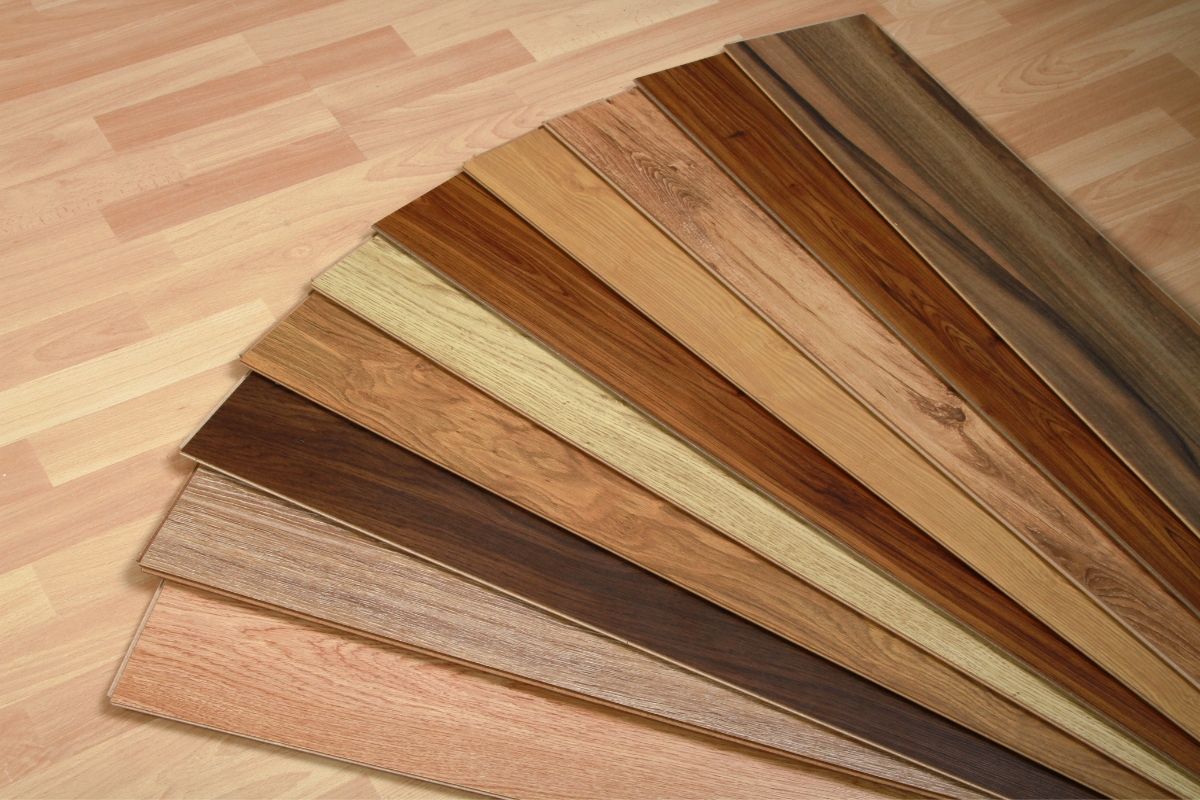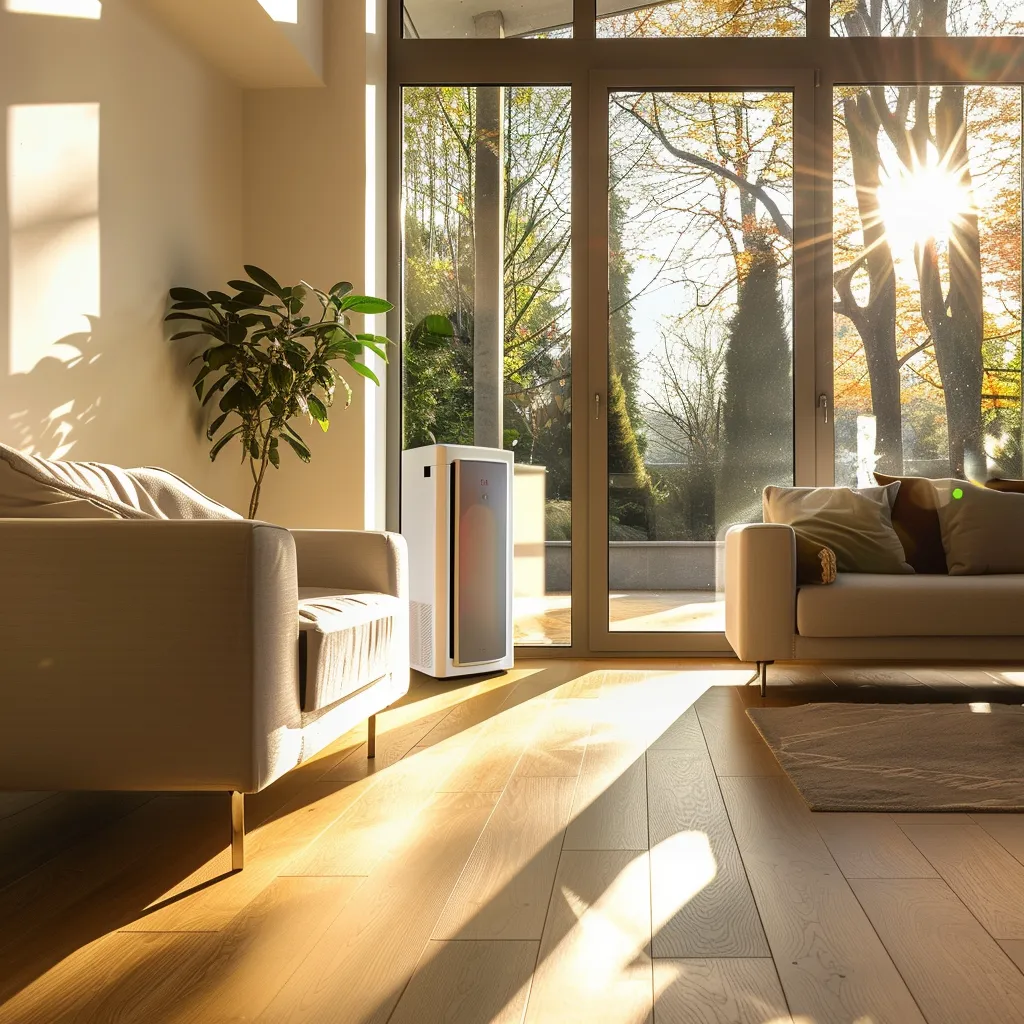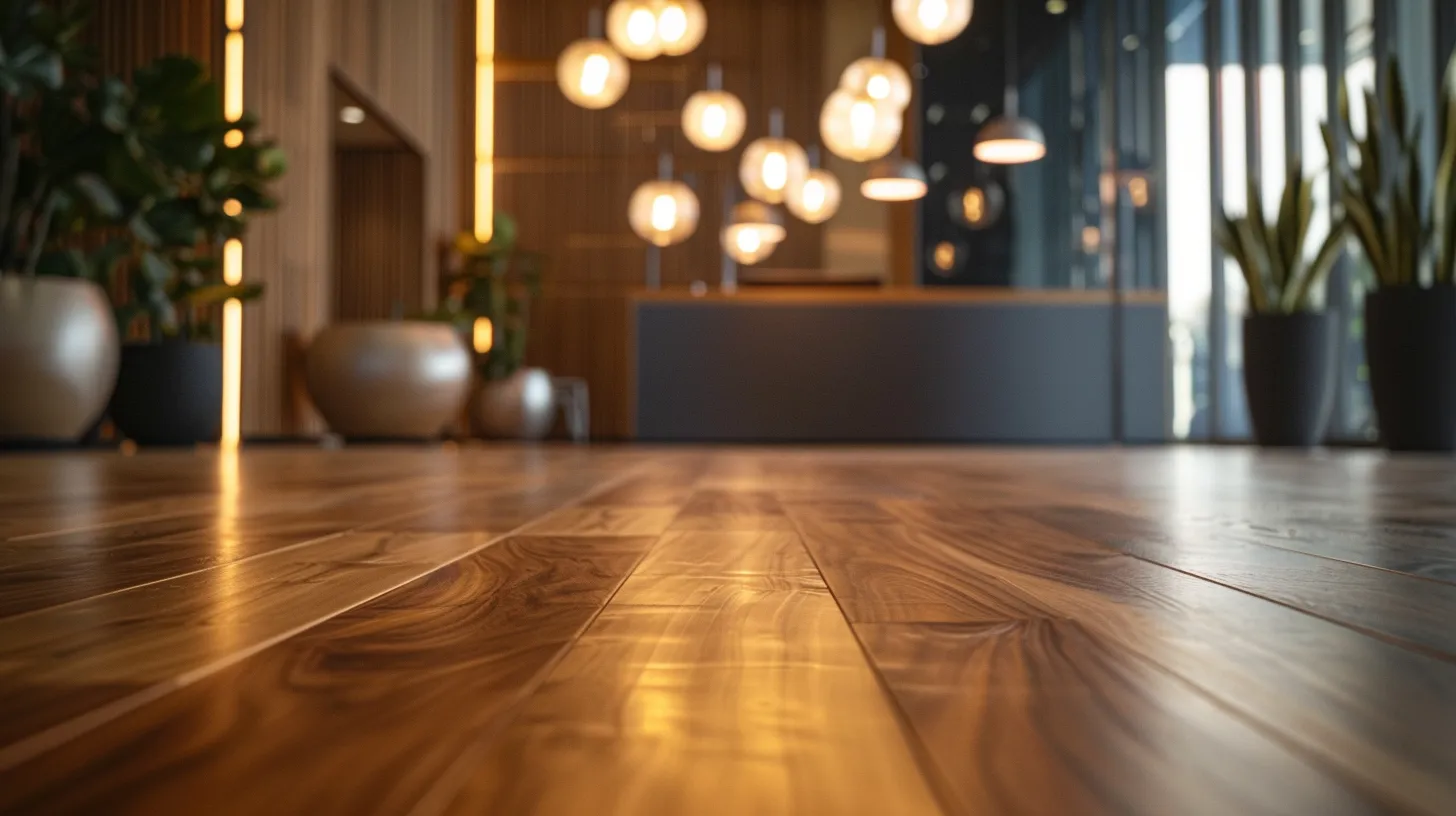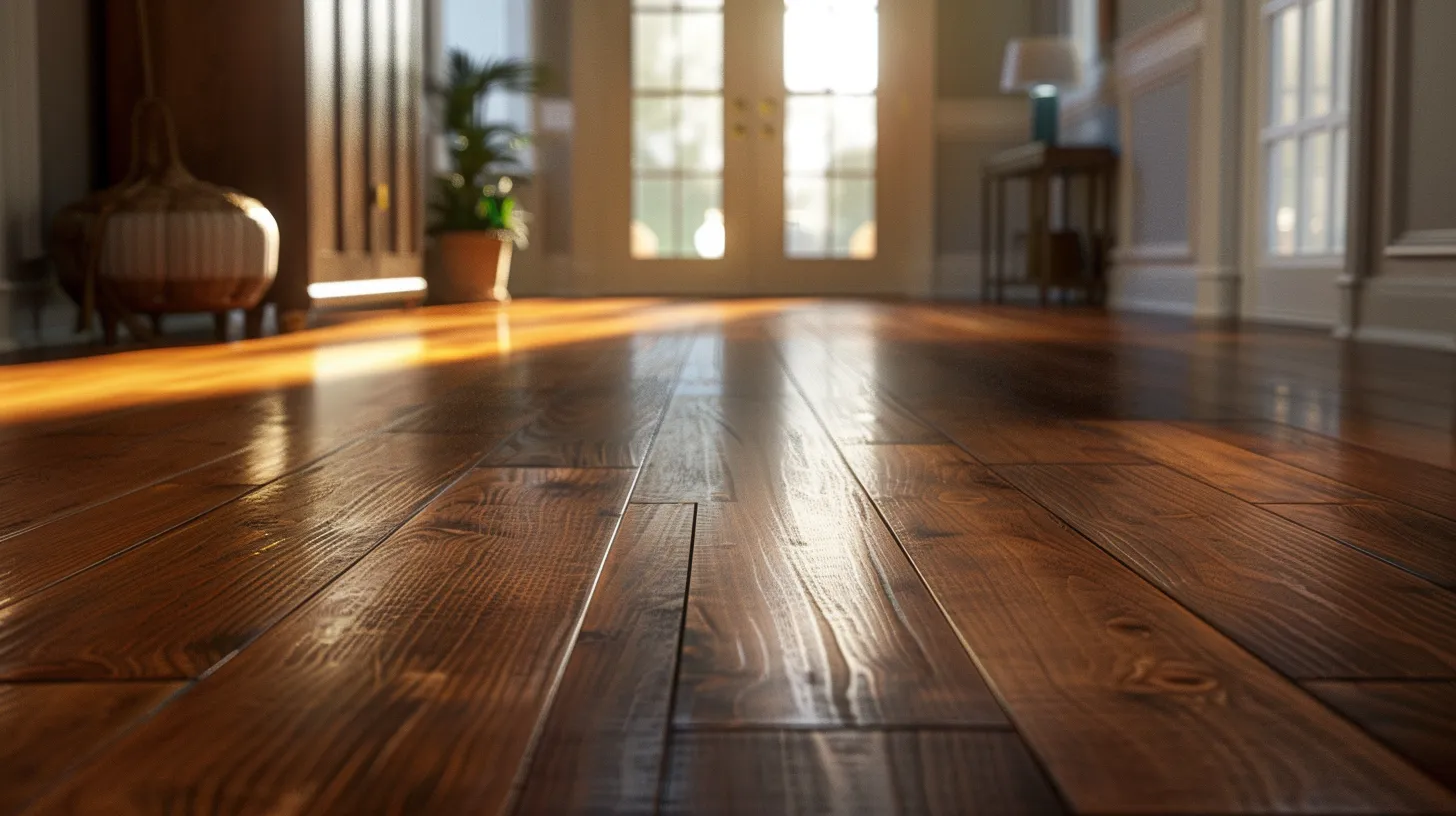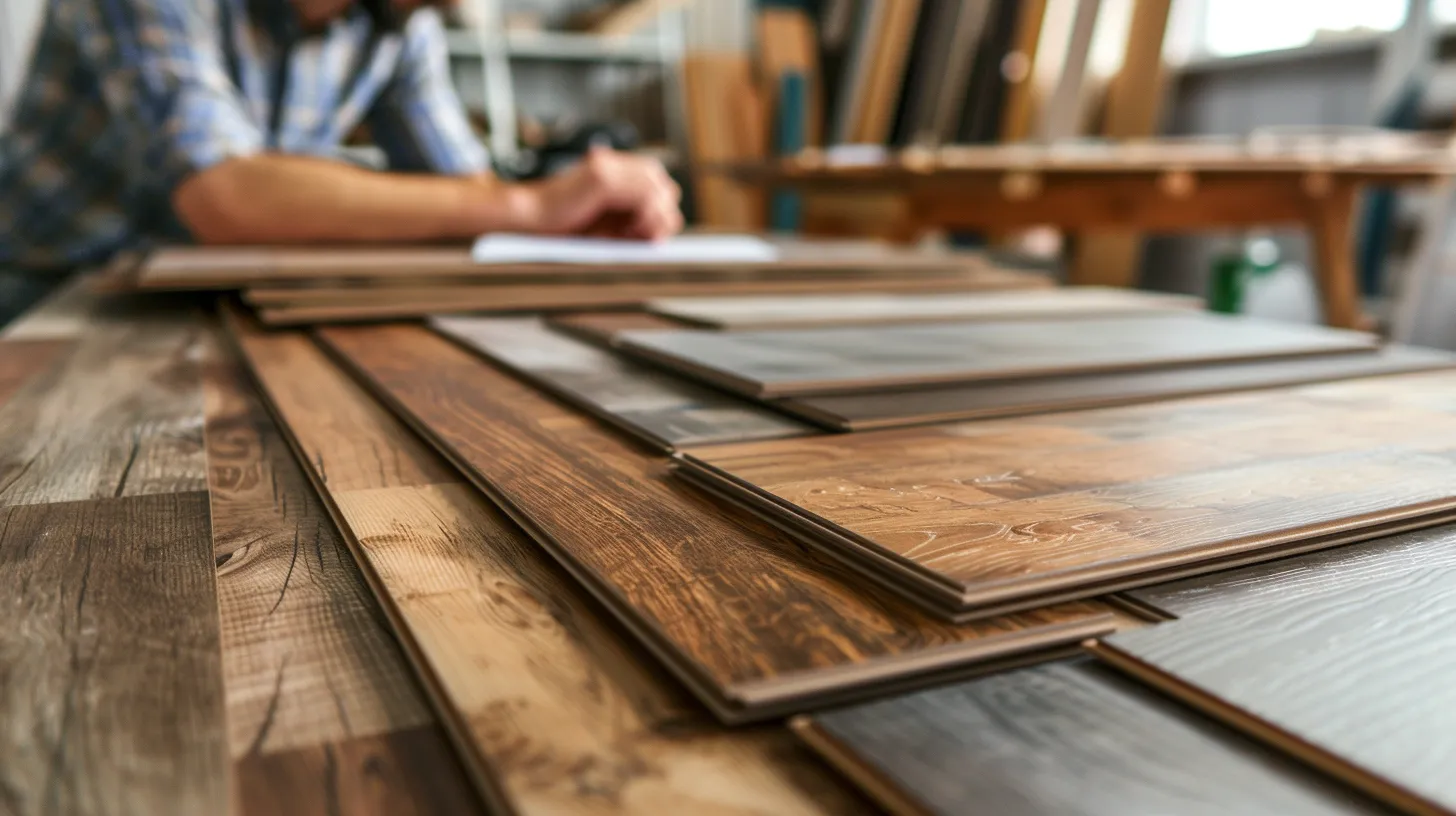In an era where environmental sustainability is at the forefront of design considerations, eco-conscious consumers are increasingly seeking flooring options that minimize their environmental impact without compromising on style or durability.
Sustainable flooring offers a solution that aligns with these values, providing homeowners and designers with a wide range of eco-friendly options that promote responsible stewardship of natural resources.
In this guide, we’ll explore the world of sustainable floors and the flooring trends surrounding these, uncovering eco-friendly materials, manufacturing processes, and installation techniques that can help you create a beautiful and environmentally responsible space.
From renewable hardwoods and bamboo to recycled materials and low-emission adhesives, get ready to discover sustainable flooring options that not only enhance the aesthetic appeal of your home but also contribute to a healthier planet.
Sustainable Floors: How to Create an Eco-Friendly Haven at Home
Bamboo Flooring: Embracing the Strength and Sustainability

When it comes to sustainable flooring options, bamboo stands tall as a popular choice. Known for its strength, durability, and eco-friendliness, bamboo flooring offers a unique blend of beauty and sustainability. Bamboo is a fast-growing grass that reaches maturity in just a few years, making it an incredibly renewable resource.
One of the key advantages of bamboo flooring is its exceptional hardness. In fact, bamboo flooring can be even harder than some hardwoods, making it an ideal option for high-traffic areas in your home. Its natural resistance to moisture and insects also adds to its longevity.
Not only is bamboo flooring durable, but it also boasts an elegant aesthetic that can complement any interior design style. With various colors and finishes available, you can choose from a range of options that suit your personal taste and preferences.
Another reason why bamboo flooring is considered sustainable is its low impact on the environment during production. Bamboo can be harvested without killing the plant itself since it regenerates from its root system. This means that forests are not depleted when harvesting bamboo for flooring purposes.
By opting for bamboo flooring in your home, you are not only making an environmentally conscious choice but also enjoying the benefits of a beautiful and long-lasting floor. Embrace the strength and sustainability of bamboo floors as you create a space that reflects your commitment to a greener future.
Cork Flooring: Unleashing the Beauty of Nature Underfoot
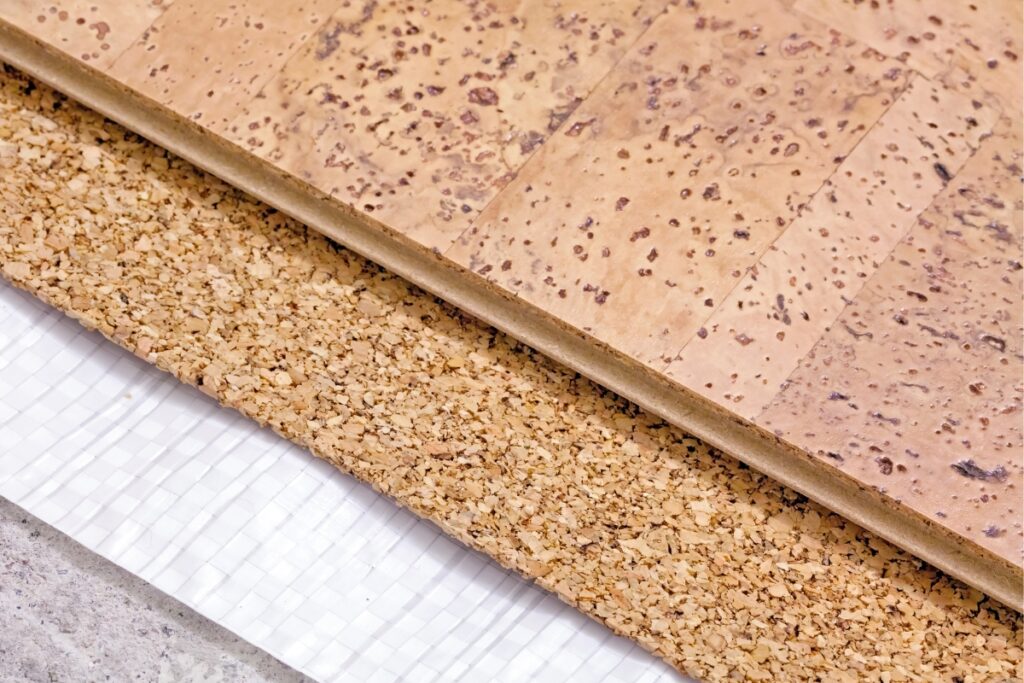
If you’re looking for a unique and eco-friendly flooring option, cork might just be the perfect fit for you. Cork flooring has gained popularity in recent years due to its natural beauty, durability, and sustainability.
Cork, a renewable and eco-friendly material, is obtained by harvesting the bark of cork oak trees in a manner that doesn’t harm the trees. With the bark regenerating over time, multiple harvests can be conducted without necessitating replanting.
One of the standout features of cork flooring is its exceptional comfort underfoot. The natural elasticity of cork provides a cushioning effect, making it a comfortable surface to walk on. This also helps to reduce strain on joints and feet, making it an excellent choice for those seeking a flooring option that prioritizes comfort.
In addition to its comfort, cork flooring is known for its excellent insulation properties. It acts as a natural thermal and acoustic insulator, helping to keep your home warm in winter and cool in summer while reducing noise transmission between floors.
Various styles and finishes are available for cork flooring, making it possible for you to discover the ideal complement for your home’s aesthetic appeal. Regardless of whether you lean towards a classic appearance or a modern design, you can find a cork flooring alternative that aligns with your personal style.
By choosing cork flooring, you are not only embracing the beauty of nature underfoot but also contributing to sustainability. Experience the unique benefits of cork as you create an eco-friendly and visually stunning space in your home.
Reclaimed Wood Floors: Infusing History and Character into Your Home
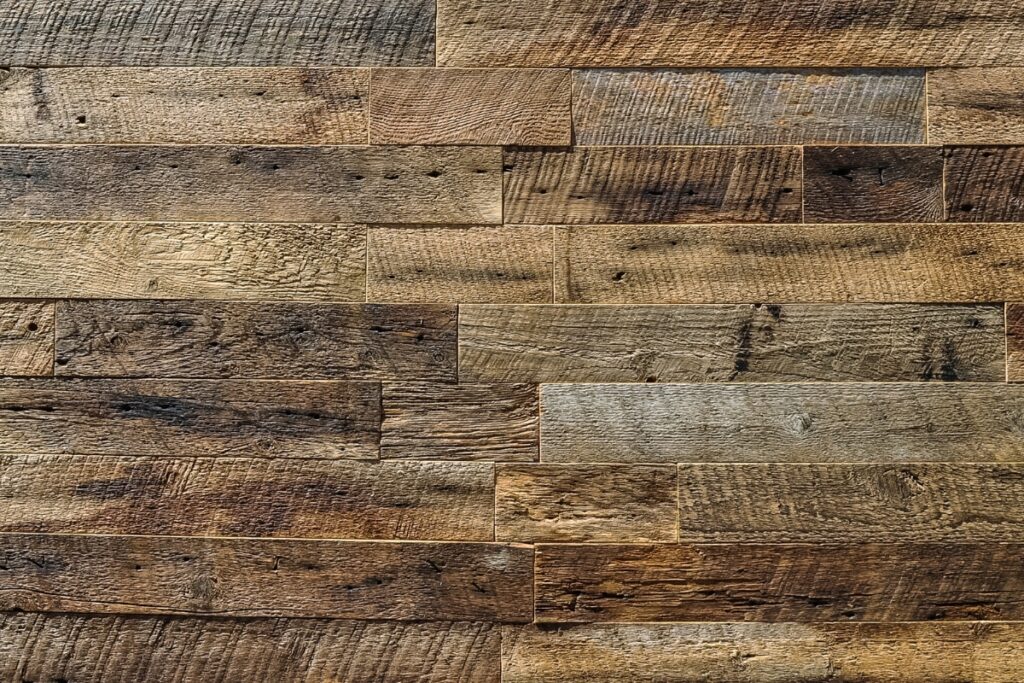
If you’re searching for a flooring option that combines sustainability with timeless beauty, reclaimed wood floors offer an ideal solution. Reclaimed wood refers to wood that has been salvaged from old buildings, barns, or other structures before being repurposed into new flooring.
By using reclaimed wood for your floors, you are giving new life to materials that would otherwise go to waste. This not only reduces the demand for newly harvested timber but also prevents old wood from ending up in landfills.
One of the most captivating aspects of reclaimed wood floors is the unique character they bring to a space. Each plank tells a story, showcasing the natural patina, knots, and grain patterns that have developed over time. This adds warmth and charm to any room, creating a sense of history and authenticity.
Reclaimed wood floors are also known for their durability and longevity. The aged wood has already undergone years of expansion and contraction, making it less prone to warping or cupping. With proper care, reclaimed wood floors can last for generations.
When it comes to design versatility, reclaimed wood floors offer endless possibilities. From rustic farmhouse aesthetics to modern industrial vibes, the natural beauty of reclaimed wood complements a wide range of interior styles.
By choosing reclaimed wood flooring, you are not only infusing your home with history and character but also making an environmentally conscious decision. Embrace the sustainability and beauty of reclaimed wood as you create a space that reflects your commitment to preserving our planet.
Recycled Tiles: Redefining Elegance with Eco-Friendly Materials
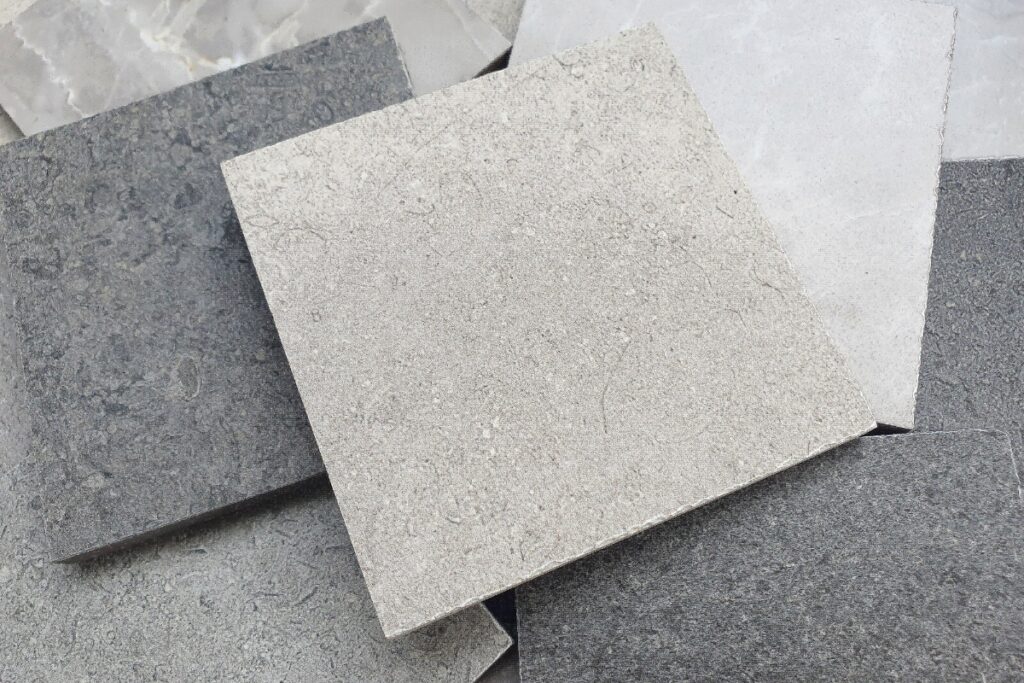
If you’re looking for an eco-friendly flooring option that doesn’t compromise on style or durability, recycled tiles are worth considering. These tiles are made from various recycled materials such as glass, porcelain, or even rubber.
Enhance the elegance and sophistication of any area with recycled glass tiles. With a diverse range of hues and designs available, you can craft one-of-a-kind patterns that mirror your individual taste. Beyond their aesthetic appeal, these tiles boast exceptional durability and stain resistance.
Porcelain tiles made from recycled materials offer similar benefits in terms of durability and aesthetic appeal. They can mimic the look of natural stone while being more sustainable in their production process.
Rubber tiles made from recycled tires provide excellent slip resistance and shock absorption properties. They are a popular choice for areas that require enhanced safety, such as gyms or children’s playrooms. These tiles are not only eco-friendly but also easy to maintain and long-lasting.
By opting for recycled tiles, you are reducing waste and giving new life to materials that would otherwise end up in landfills. Embrace the elegance and sustainability of recycled tiles as you create a visually stunning and environmentally conscious space in your home.
Linoleum Flooring: A Versatile and Renewable Option for Sustainability
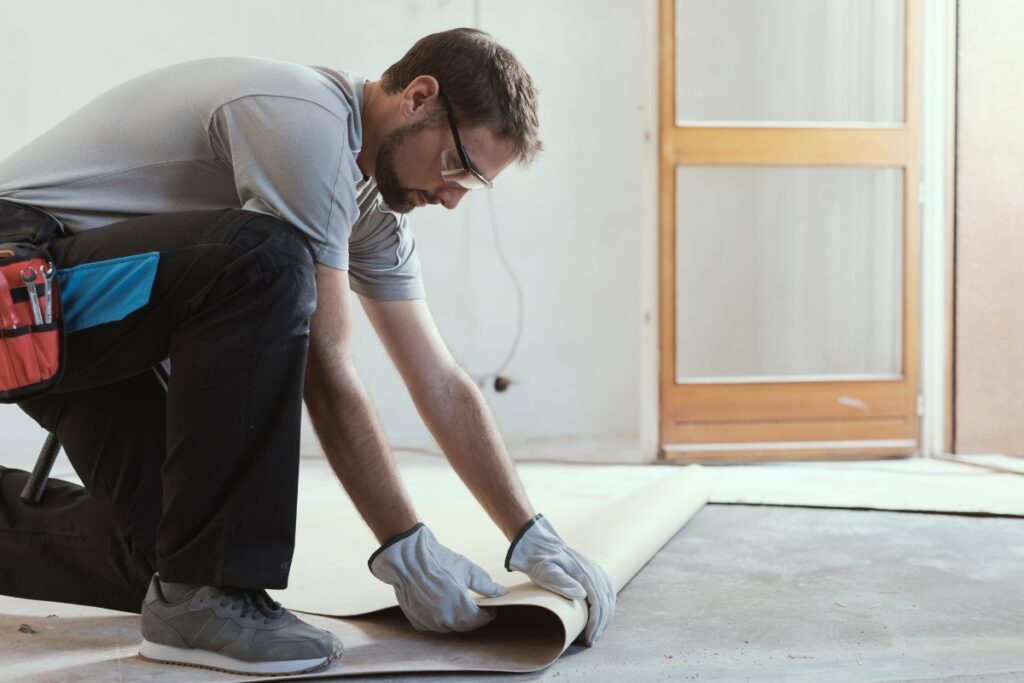
When it comes to sustainable flooring options, linoleum is often hailed as a top choice. Made from natural materials such as linseed oil, cork powder, wood flour, and limestone, linoleum flooring offers a range of benefits that make it an attractive option for eco-conscious homeowners.
One of the key advantages of linoleum flooring is its renewable nature. The ingredients used in its production are derived from renewable resources, making it an environmentally friendly choice. Linseed oil, which is derived from flax seeds, plays a crucial role in giving linoleum its durability and resilience.
In addition to being renewable, linoleum flooring is also biodegradable. At the end of its lifespan, it can be safely disposed of without causing harm to the environment.
Linoleum flooring is known for its versatility in terms of design options. It comes in a wide range of colors and patterns, allowing you to create unique looks that suit your personal style. Whether you prefer bold and vibrant or subtle and understated designs, there is a linoleum flooring option that will meet your needs.
Another advantage of linoleum flooring is its durability. It can withstand heavy foot traffic without showing signs of wear and tear. With proper care and maintenance, linoleum floors can last for decades.
By choosing linoleum flooring, you are making a sustainable choice that combines durability, versatility, and environmental consciousness. Embrace the versatility and renewable qualities of linoleum as you create a space that reflects your commitment to sustainability.
Concrete Floors: Transforming a Basic Material into an Eco-Chic Choice
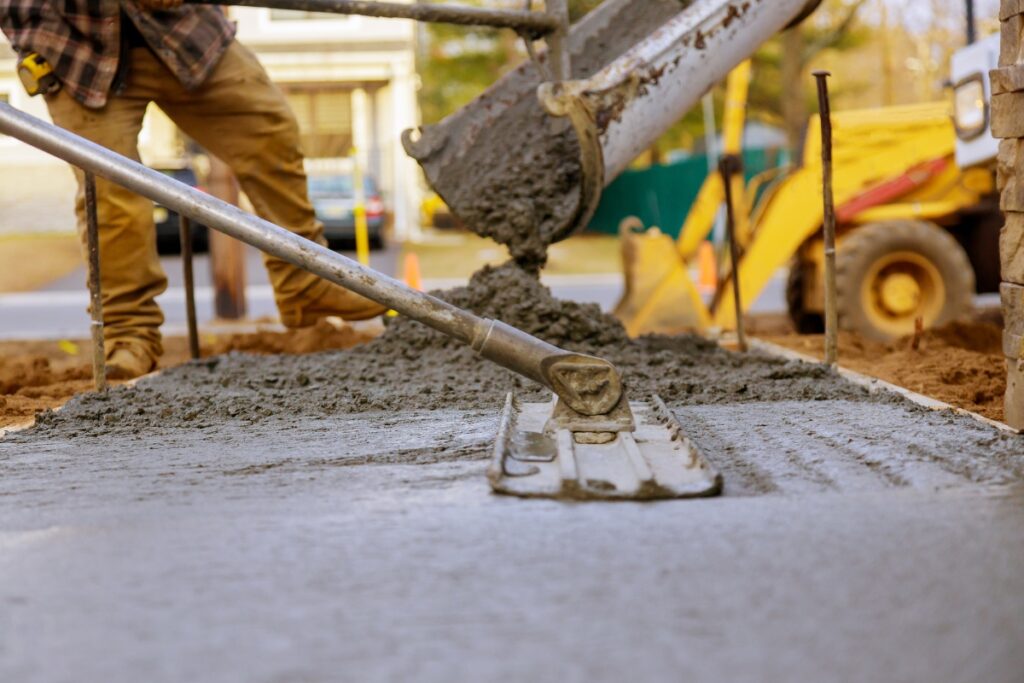
When it comes to sustainable flooring options, concrete might not be the first material that comes to mind. However, concrete floors have gained popularity in recent years due to their durability, low maintenance requirements, and eco-friendly properties.
Concrete is a versatile material that can be used in various forms, including polished concrete floors. Polished concrete offers a sleek and modern aesthetic while being highly durable and easy to clean. It can also be stained or stamped to create unique designs that suit your style preferences.
One of the key advantages of concrete floors is their thermal mass properties. They can absorb heat during the day and release it slowly at night, helping to regulate indoor temperatures naturally. This can contribute to energy savings by reducing the need for heating or cooling systems.
In terms of sustainability, concrete floors have a long lifespan and require minimal maintenance compared to other flooring options. They do not need harsh chemicals for cleaning and can be easily maintained with regular sweeping and mopping.
By choosing concrete flooring, you are embracing an eco-chic choice that combines durability with low environmental impact. Transform your space with the sleekness and sustainability of concrete floors as you create an interior that reflects your commitment to sustainable living.
Sustainable Carpeting: Balancing Comfort with Environmental Responsibility
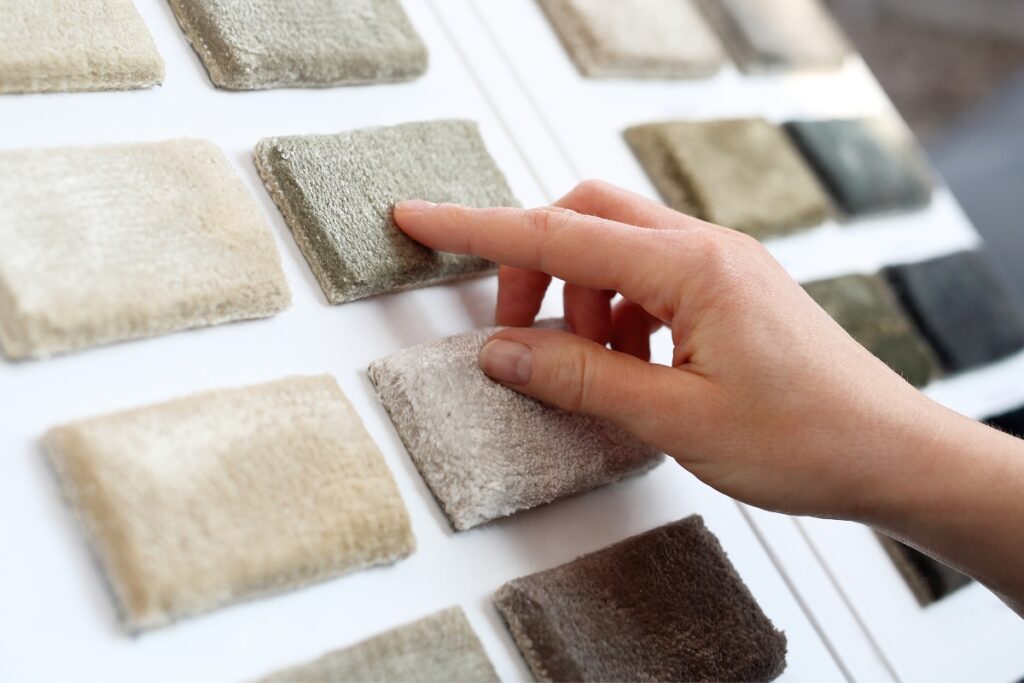
If you’re looking for a flooring option that combines comfort with sustainability, sustainable carpeting offers an excellent solution. Sustainable carpets are made from natural fibers such as wool or plant-based materials like sisal or jute.
Wool carpets are known for their luxurious feel and exceptional durability. Wool is a renewable resource that can be harvested without causing harm to the sheep. It is also naturally resistant to stains and fire, making it a practical choice for households with children or pets.
Plant-based carpets, such as sisal or jute, offer a more textured and rustic look. These fibers are derived from sustainable plants that require minimal water and pesticides during cultivation. Plant-based carpets are biodegradable and can be safely disposed of at the end of their lifespan.
Sustainable carpets not only provide comfort underfoot but also contribute to indoor air quality. They do not release harmful volatile organic compounds (VOCs) into the air, creating a healthier living environment for you and your family.
By choosing sustainable carpeting, you are striking a balance between comfort and environmental responsibility. Embrace the softness and sustainability of natural fiber carpets as you create a cozy and eco-friendly space in your home.
Eco-Friendly Floor Finishes: Enhancing Durability Without Harming the Environment
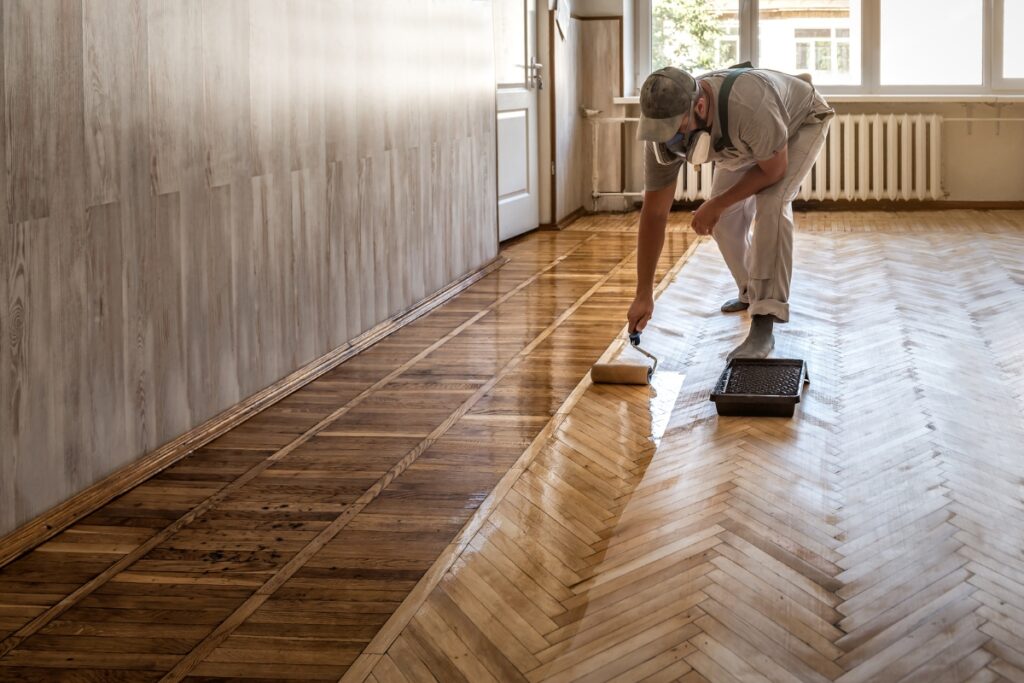
When it comes to sustainable flooring options, it’s essential to consider not only the materials used but also the finishes applied to protect and enhance them. Eco-friendly floor finishes offer an excellent way to ensure that your floors remain durable while minimizing harm to the environment.
One popular eco-friendly floor finish is water-based polyurethane. Unlike traditional solvent-based finishes, water-based polyurethane emits fewer harmful chemicals into the air during application. It provides excellent protection against wear and tear while maintaining the natural beauty of your floors.
Natural oils, such as linseed oil or tung oil, are another eco-friendly option for finishing wood floors. These oils penetrate deep into the wood fibers, enhancing their natural beauty and providing protection against moisture and stains. Natural oil finishes are also easy to maintain and can be reapplied as needed.
Wax finishes made from natural ingredients, such as beeswax or carnauba wax, offer a traditional and eco-friendly way to protect your floors. These finishes provide a warm and lustrous appearance while creating a protective barrier against spills and scratches.
By choosing eco-friendly floor finishes, you are ensuring that your floors remain durable while minimizing the impact on the environment. Embrace the durability and sustainability of eco-friendly finishes as you create a space that reflects your commitment to an eco-conscious lifestyle.
Cost-Effectiveness of Sustainable Floors: Long-Term Savings and Environmental Benefits
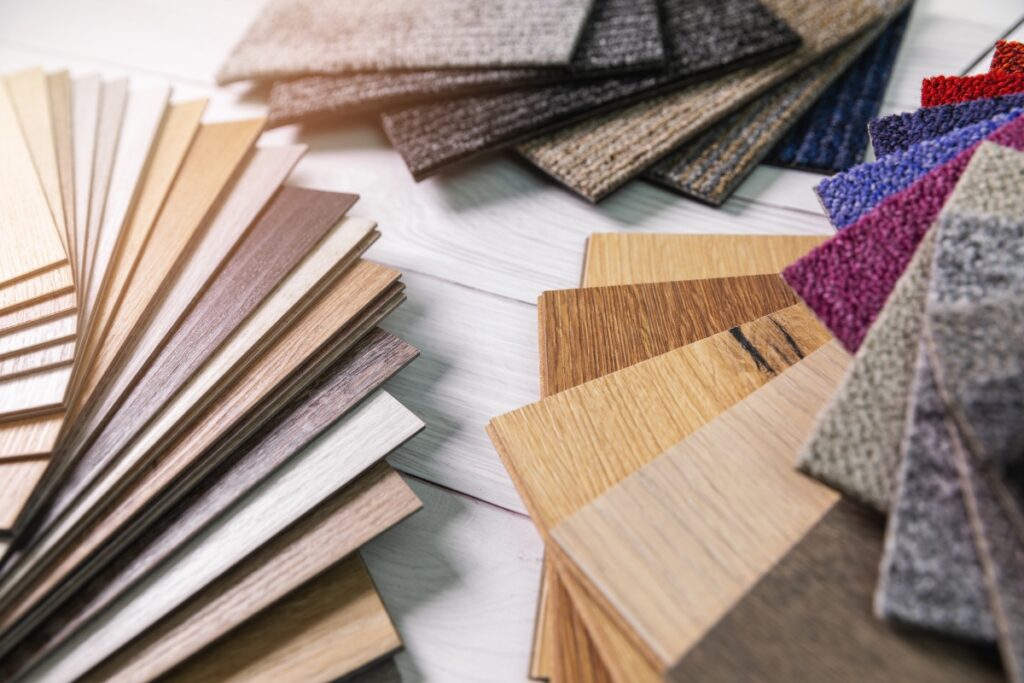
When considering sustainable flooring options, it’s essential to evaluate not only their environmental impact but also their long-term cost-effectiveness. Sustainable floors offer several advantages that can lead to both financial savings and environmental benefits.
One of the key cost-saving aspects of sustainable floors is their durability. Many sustainable flooring materials, such as bamboo or concrete, are known for their exceptional strength and longevity. By investing in durable flooring options, you can avoid frequent replacements or repairs, saving money in the long run.
Sustainable floors also contribute to energy efficiency in your home. Materials like concrete or linoleum have excellent thermal mass properties, helping to regulate indoor temperatures naturally. This reduces the need for excessive heating or cooling systems, resulting in lower energy bills.
In terms of environmental benefits, sustainable floors often require fewer resources during production compared to traditional flooring options. Materials like bamboo or cork grow rapidly and can be harvested without causing harm to ecosystems. By choosing these materials over non-renewable resources like hardwood or vinyl, you are reducing your carbon footprint.
Furthermore, sustainable floors often have lower emissions of volatile organic compounds (VOCs) compared to conventional flooring options. This contributes to better indoor air quality, creating a healthier living environment for you and your family.
By opting for sustainable floors, you are not only making an environmentally conscious choice but also enjoying long-term cost savings. Embrace the cost-effectiveness and environmental benefits of sustainable floors as you create a space that reflects your commitment to a greener future.
Conclusion: Embracing Sustainable Floors for a Greener Future
Sustainable floors offer a wide range of eco-friendly options that cater to both your style preferences and your commitment to sustainable living. By choosing sustainable flooring materials, you contribute to the preservation of our planet by reducing deforestation, waste generation, and harmful emissions.
For sustainable flooring options that prioritize both environmental responsibility and aesthetic appeal, look no further than Diaz Hardwood Floors. Our eco-friendly flooring solutions are designed to enhance your space while minimizing environmental impact. Contact us today at 404-791-0444 or send us a message to take the first step towards creating a greener, more beautiful home.

